Incubating future movements in travel and culture
Words Emily McDermottImages Daniel Lober
Amine Kabbaj is a Moroccan architect, contemporary art collector, member of the jury for La Pause Residency, and avid runner. As an architect, he’s overseen the development of everything from high-end hotels to hospitals to social housing. As an ultra-runner, he’s completed one of the world’s most difficult footraces—the Marathon des Sables—more than 10 times. But he hasn’t stopped at that. Since 2012, he’s also been known as the vice president and, since 2014, executive president of the Marrakech Biennale, North Africa’s first major trilingual cultural festival.
Under Kabbaj’s direction, the Marrakech Biennale has given a voice and platform to international and Moroccan artists and has brought arts education to over 4,500 students. Although the exhibitions have been put on pause due to financial struggles, Kabbaj remains determined to keep the biennale’s spirit alive. In this conversation, he speaks about the Marrakech Biennale’s journey and the development of Morocco’s art scene over the last 15 years.
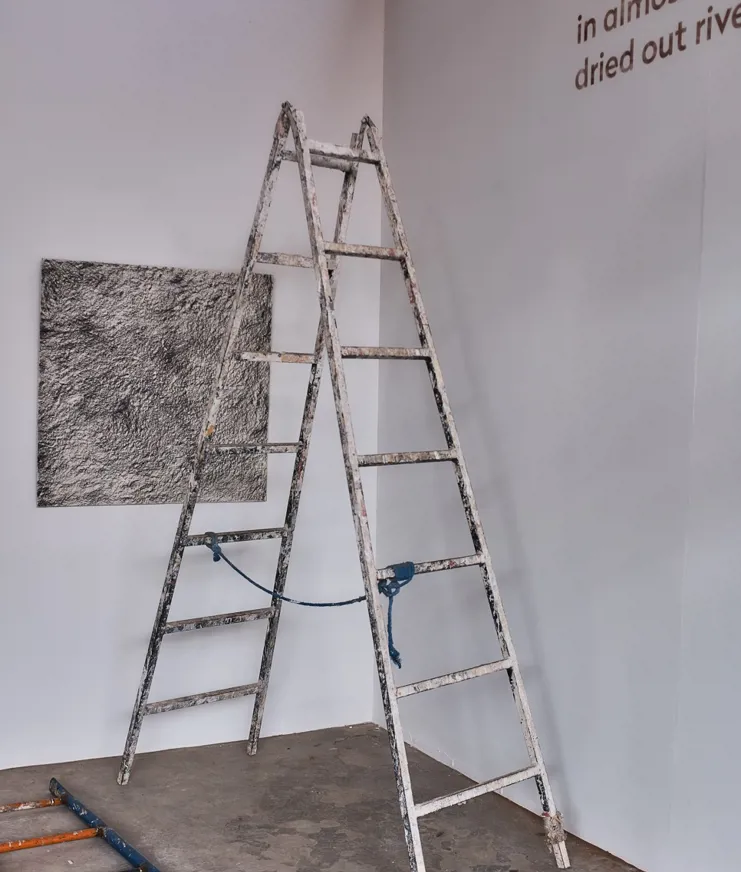
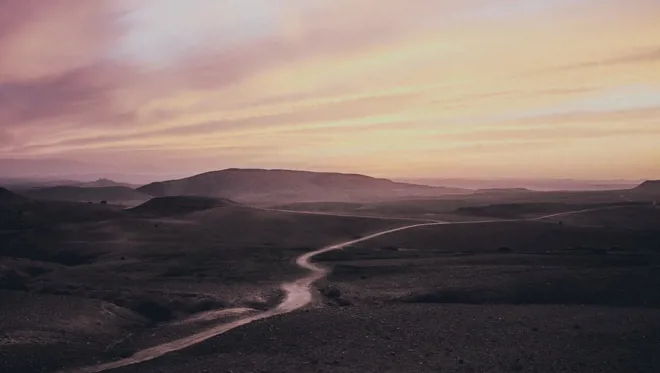
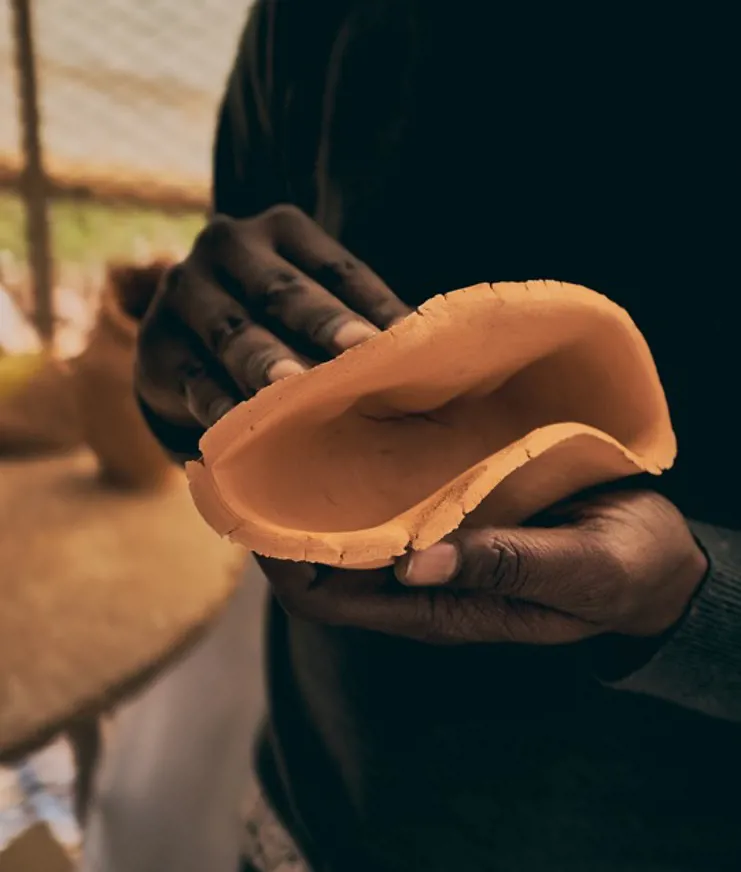
Amine Kabbaj: In 2012, I became the vice president of the Marrakech Biennale, which was founded by Vanessa Branson in 2004. She created it in response to 9/11 as a way to do something against hatred and for unity. For the fifth edition, in 2014, we had a large-scale exhibition with many international curators and artists, and Artnet News even included us as one of the top 20 biennials in the world. But Vanessa was funding it from her own pocket and that edition cost around 800 million Euros. At that point, Vanessa said she couldn’t continue any further. So, she gave me the title of Executive President.
AK: We were planning a small exhibition for the sixth edition because there was a very limited budget, but then something very special happened. The government called from Rabat and said, “The king is going to decorate you and Vanessa for your education efforts in the arts in Morocco.” During the ceremony, the king said, “It’s nice what you have done.” I replied, “Thank you,” and he said, “No, thank you for what you are doing.” It was emotional to hear this from the king! Afterwards, Vanessa and I were like, “We can’t do something small now. We have to do something bigger.” So, we chose a curator, Reem Fradda, who did a great job putting the exhibition together. But after that, the biennale couldn’t continue because we didn’t have any financial resources.
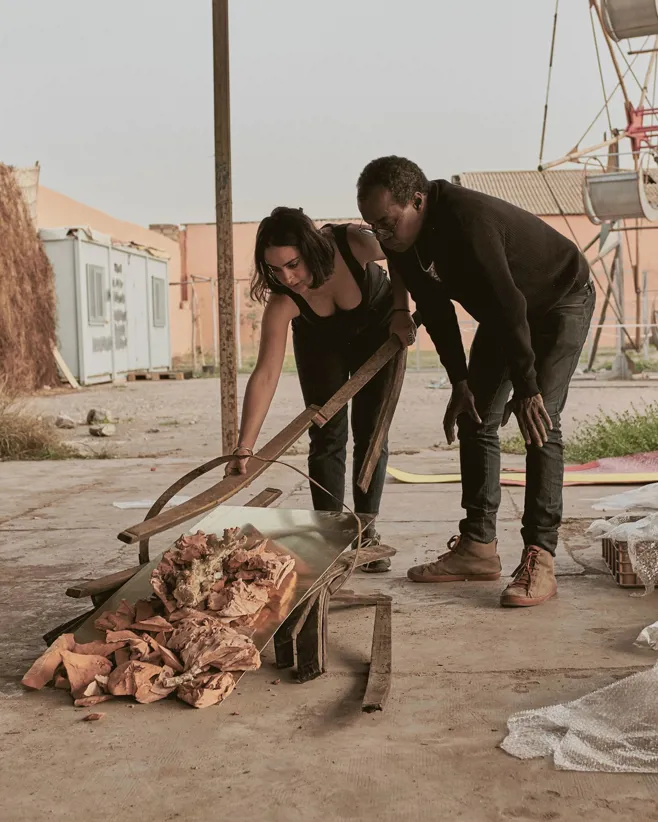
Amine Kabbaj
AK: The biennale is pretty static right now. Although, in 2018, in response to the cancellation of the biennale, the artists M’Barek Bouhchichi, Youness Atbane, and Simohammed Fettaka launched “The Fictional Marrakech Biennale.” They made a fictional map of an island that combined elements of Marrakech, Casablanca, Rabat, and Tetouan and had an open call for participants. The project did not exist in physical space, but it used the digital realm to pose important questions, such as what an imaginary biennial is, what a real biennial is, and what the connection between the two is. It also made people think about the meaning of the Marrakech Biennale itself.
The reality, however, is that we need something in physical space, and we need an audience. It’s like being a runner in a relay race and needing to pass the baton: We have to share our knowledge. If you do something and keep it for yourself, it’s like you’ve done nothing. You have to share what you’ve done or what you know with others. For example, during the biennale in 2016, I wanted to do something educational not only for adults but also for children, so I worked with a number of educators and artists to develop a program. Marrakech’s bus company let us use their busses for free for two months and we brought over 4,500 children from public schools to see the exhibition and learn about art.
AK: Until 2005, there was practically nothing. In Morocco, 9/11 was a big turning point and in 2008 there was the financial crisis. During the in-between period, an unimaginable amount of people started buying riads in the Medina, land in the Palmeraie, and other things around Marrakech and the Route de l'Ourika. At the same time, the art scene started growing with initiatives like the biennale and the development of more exhibition spaces and artist residencies. More artists also moved to Marrakech. In a way, you might compare it to Berlin after the fall of the Wall. Artists went to Berlin in the 1990s and early 2000s because life was cheaper there than in most other European cities, and that’s what happened here in the mid-2000s.
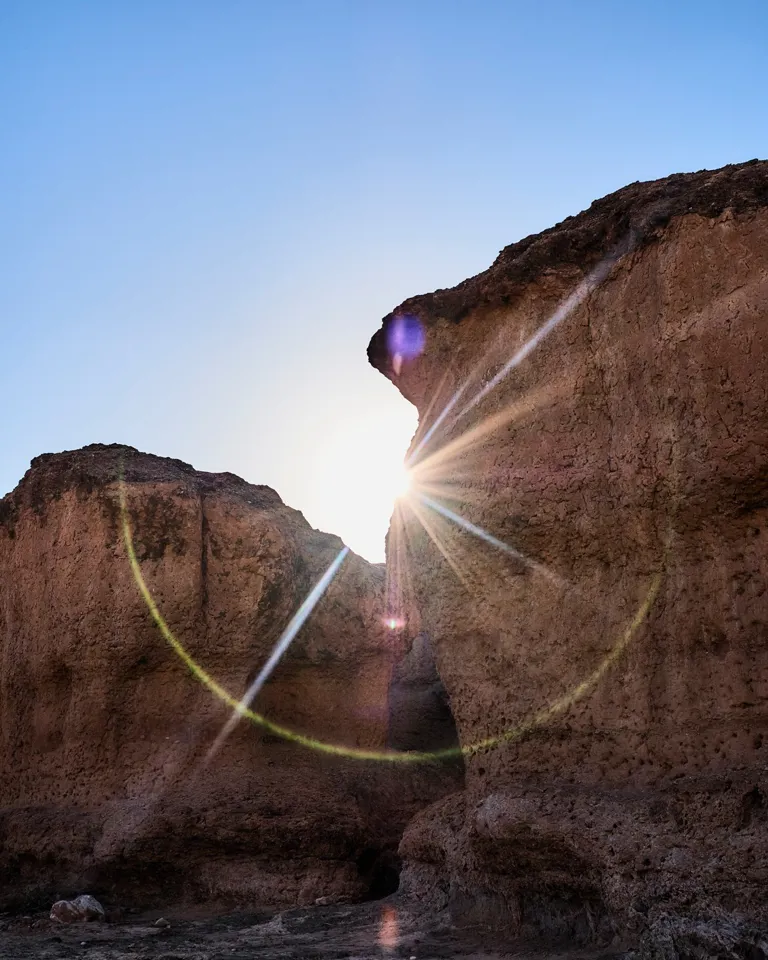
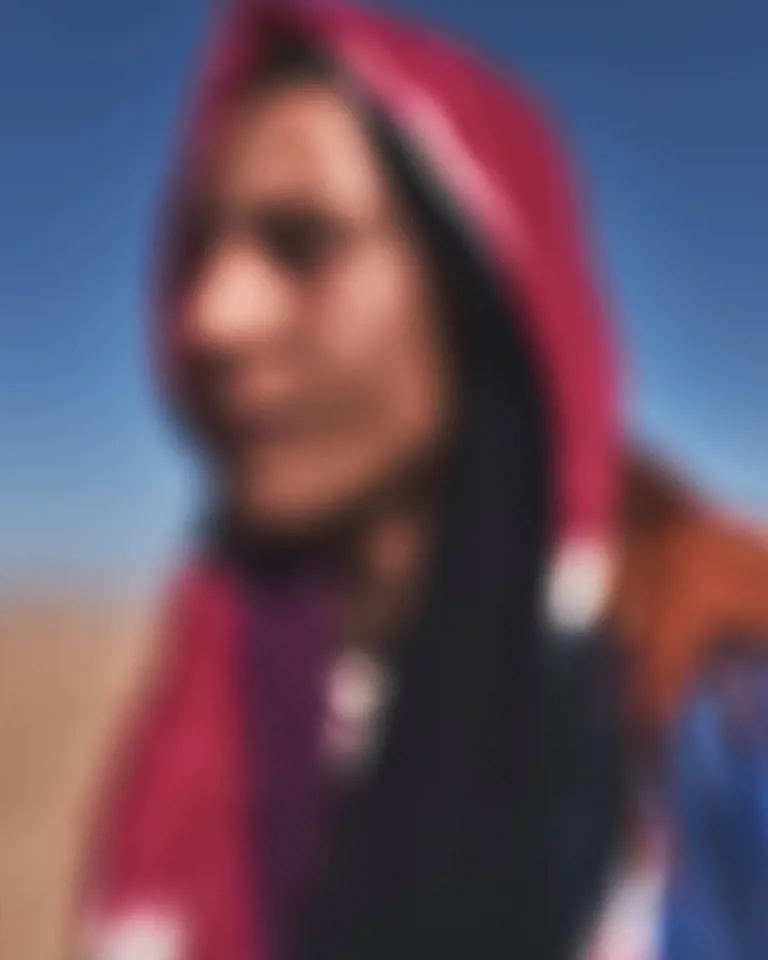
AK: Well, can you say, “European art”? No. Similarly, the African continent is full of people and cultures with different colors, different bodies, different languages, different everything. There are over 1,000 languages spoken across Africa. Nigeria has over 500. Ethiopia has more than 80, Madagascar around 33. We also have different ethnicities. In Morocco alone, we are Arab, we are Berber, we are Jewish, we are Roman; we are African, we are North African, we are Spanish, and we are also Black. So, I hope such generalizations and the label “African” will disappear in a few years.
AK: I hope someone will understand our goal, which is to educate people and to help them understand each other. I hope a politician will understand that the target is not money. Today, everything is money, money, money, but you can do something without the goal of making money. You can do things to give people happiness.
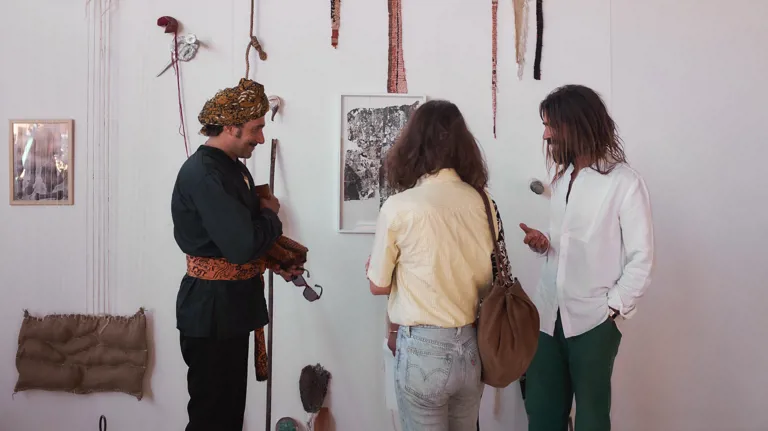
Further Marrakech
In collaboration with La Pause Residency, Further Marrakech asked what it means to be an artist or an artisan—and what happens when such practitioners come together in the act of creation.
Further Marrakech
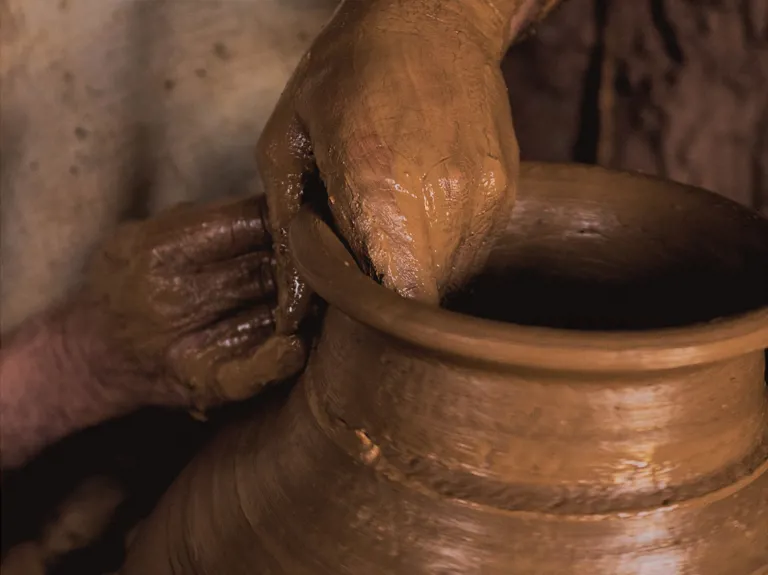
M’Barek Bouhchichi is unlearning the Euro-centric history he was taught in favor of understanding and documenting his country’s context, history, and people through his artistic practice.
Further Marrakech
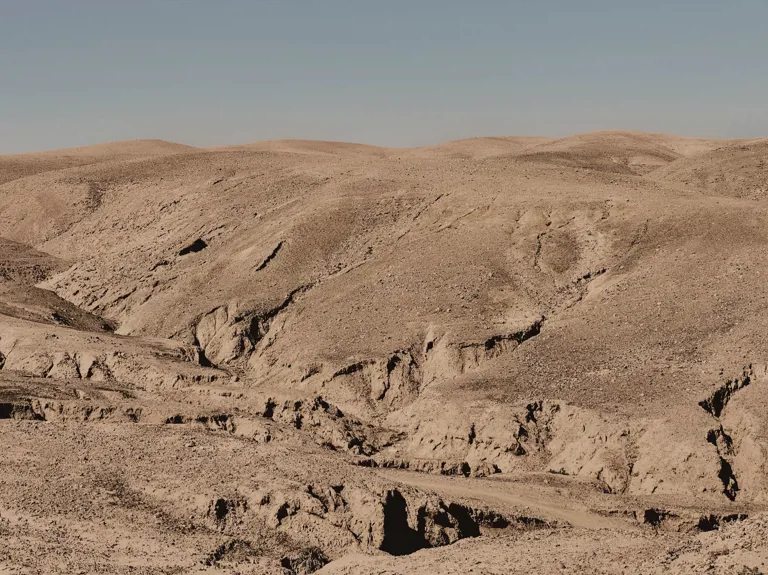
Running in a nearly dried-out riverbed moved Lena Marie Emrich to create glass-plated photographs and bondage-inspired leather sculptures.
Further Marrakech
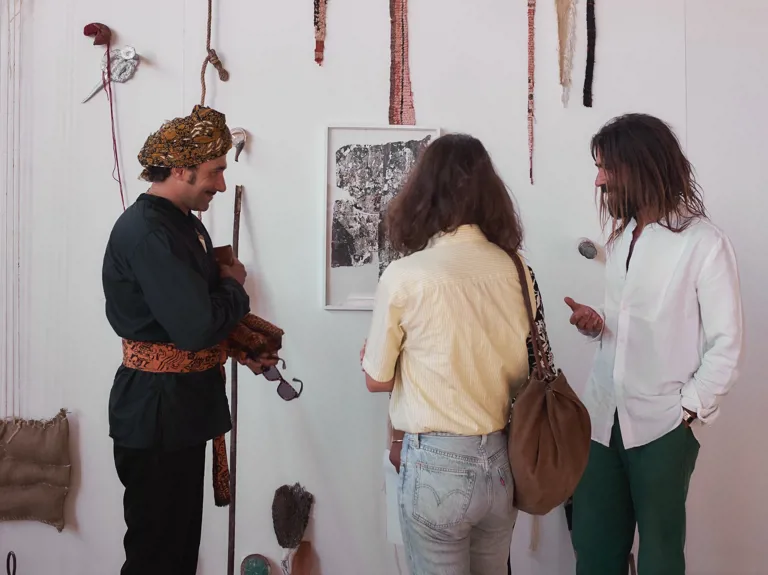
From building hospitals to overseeing large-scale exhibition programming, sharing knowledge is the most important aspect of everything Amine Kabbaj does.
Further Marrakech
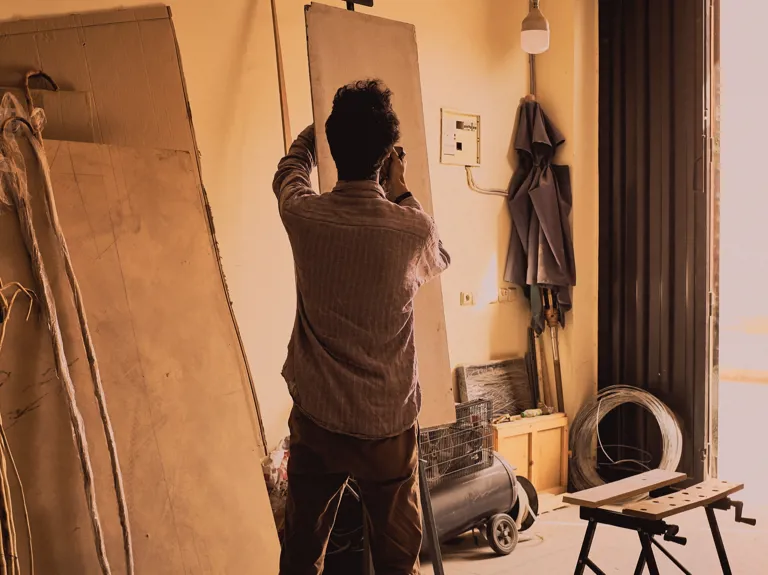
Moroccan artists Loutfi Souidi and Mohamed Arejdal believe the future lies in the local past and the global present, and, more importantly, the connection between the two.